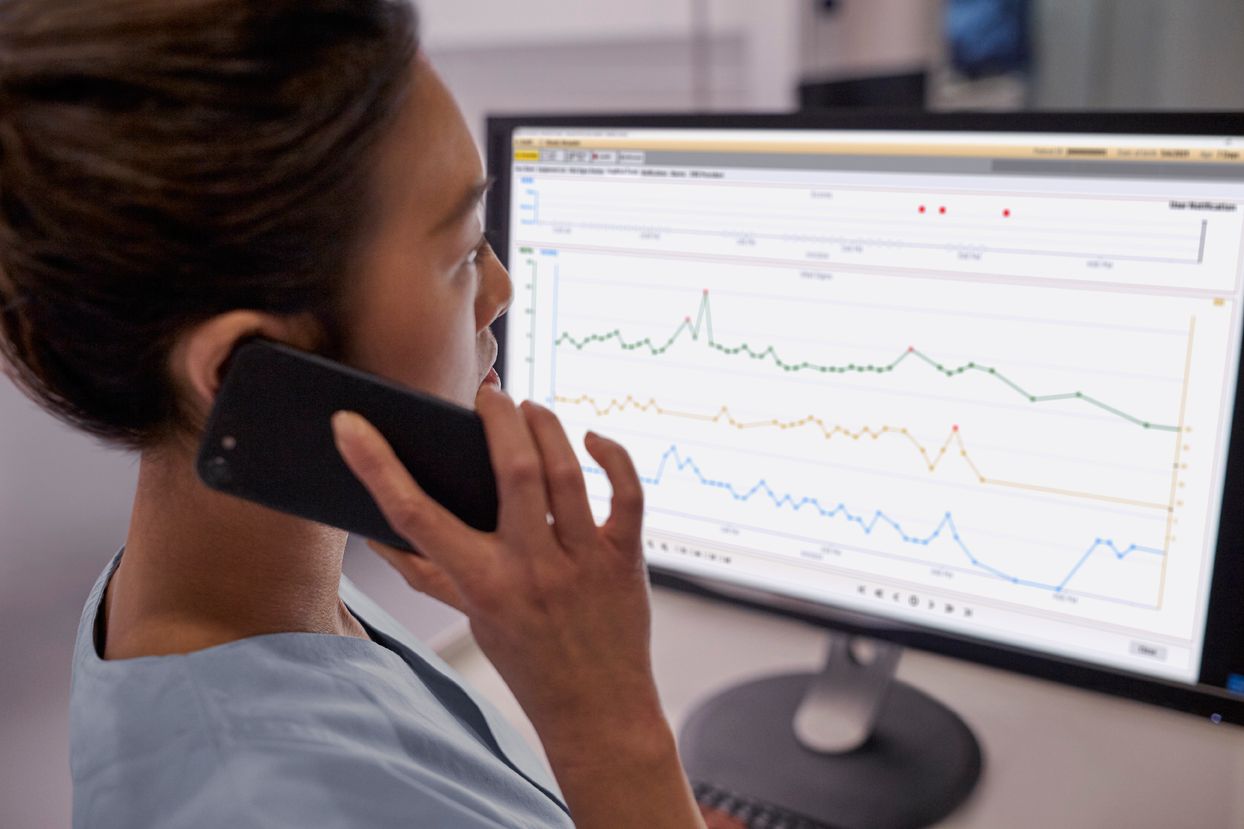General Care
Philips offers more choice in monitoring than ever before. Our integrated customizable General Care solution of monitoring devices and software include automated and configurable features to help clinicians identify subtle signs of patient deterioration. Additionally, our professional and support services are there every step of the way to help educated and implement. By moving away from proprietary standards and closed systems to providing an open patient monitoring infrastructure, we’re helping create an end-to-end treatment pathway so you can be there when patients need you most. See featured products, innovations and inspiration below.
1/3



Specialty care areas in General Care
Innovations and technologies
Philips Sounds technology
Philips IntelliVue monitors are reimagining alarm sounds, creating a more pleasant experience for patients, their families, and hospital staff.

Portfolio highlights
How can we help?
Disclaimer
Results are specific to the institution where they were obtained and may not reflect the results achievable at other institutions. Results in other cases may vary.


